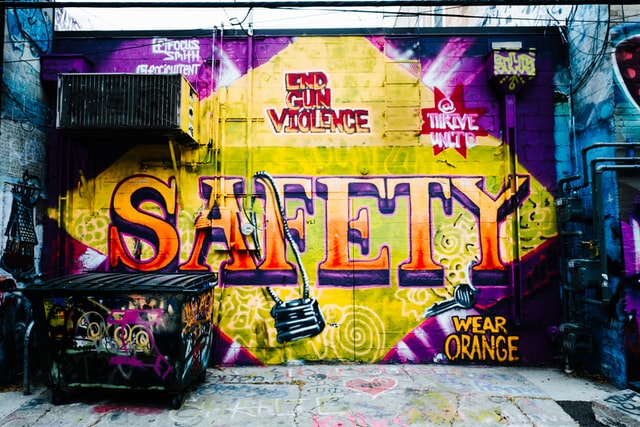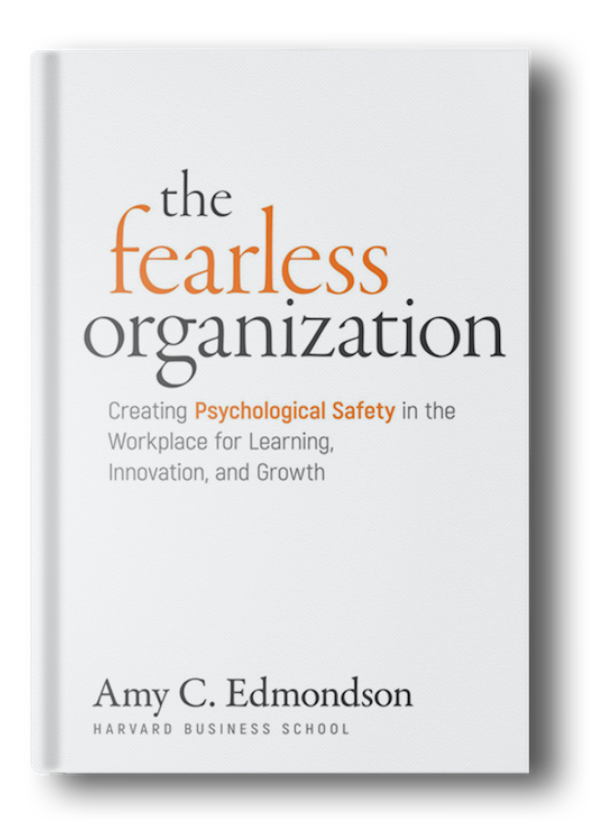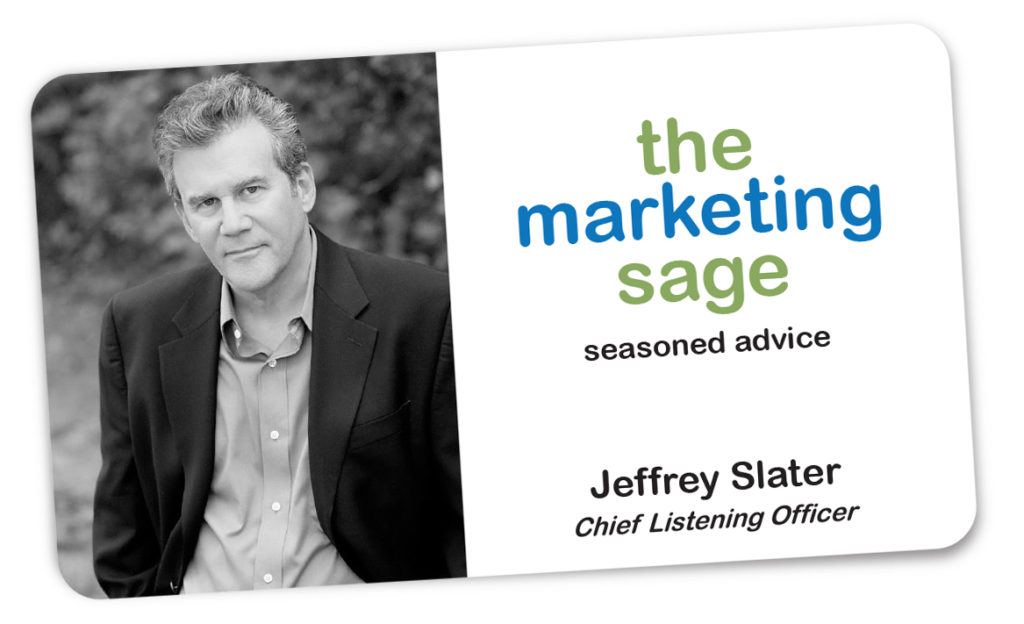How do companies ensure that the best marketing ideas can surface and there isn’t a penalty to challenge conventional corporate wisdom? Do you work in a psychologically safe workplace or a fear-based environment?
A psychologically safe environment allows:
- Direct, honest, and candid challenges are encouraged, not penalized. Anyone can question company strategy if done civilly and professionally. People are rewarded for their candor and not afraid to push back or ask tough questions.
- Individual contributors get heard by managers and leaders. No one pays lip service when someone raises a concern or present a seemingly odd and disruptive idea. The workplace puts the importance of deep listening as a critically important part of a team’s engagement.
- Anyone can shut down a production line if there is a severe problem. It is encouraged and trained into the culture, not squeezed out. A production line can be where frontline workers make physical stuff or where knowledge workers create a new software or marketing offering.
- Everyone can speak up without fear of retaliation. No one is shamed or blamed when teammates identify a concern. Being civil and candid is rewarded, never discouraged. You celebrate when individuals hold other team members accountable and never punished or demote people who raise issues that are the proverbial elephants in the room.
According to Adam Grant, psychological safety is a vital ingredient for healthy creative work. Harvard Business School Professor Amy Edmonson is credited as the expert in psychologically safe work environments.
“Psychological safety at work takes effort. It’s not the norm. But it’s worth the effort,” says Professor Amy Edmondson. She explains why a culture of open candor—and the willingness and courage to speak up—is a strategic asset and can be developed in companies of all sizes. From her new book – The Fearless Organization: Creating Psychological Safety in the Workplace for Learning, Innovation, and Growth.
How to create a psychologically safe workplace
According to Professor Edmonson, there are four critical steps to make a workplace a psychologically safe environment where people can be candid and take interpersonal risks.
- Focus on performance. Candor is a powerful tool when you make it an expected behavior. Leaders and managers who encourage challenges demonstrate significantly improved productivity and performance by team members and companies in general.
- Train the individual AND the team. You can’t train individuals alone without also training them within their group. Think of an individual player in soccer. She needs to learn specific skills to improve her performance. But she also needs to learn how to improve her performance as part of a team. Both are necessary – it isn’t one or the other.
- Incorporate visualization into the work. Just as an athlete learns to visualize running through the finish line, team members at work need to visualize past success and future opportunities to be fiercely candid. Witness the behavior you want to develop and celebrate how it might look in future situations.
- Normalize vulnerability at work. When you can practice small acts of vulnerability, you can slowly learn to work through what may be uncomfortable. When it is okay to feel a bit anxious, you can overcome your fear of being more direct or candid during a conversation.
Signs of psychologically UNSAFE environments
- Too much good news/happy talk instead of individuals asking for help and talking about their challenging situation.
- Infrequent sharing of bad news. Are team members willing to publicly admit to a problem?
- No one asks for help. Unsafe work environments are often every person for themselves.
- Hiding mistakes and not using the experience to help the team continuously improve.
Signs of a Psychological SAFE environment
- A culture of holding each other accountable. When individuals hold their teammates accountable, everyone benefits. The key is doing it with candor and civility.
- Celebrating bone-dry honesty. Will colleagues tell it like it is, or will they avoid those complex discussions?
- You are trained to be critical or raise issues without fear that you’ll be seen as not friendly or kind. If someone gives a terrible presentation, who do you help if you aren’t honest with constructive suggestions for improvement?
- The best teams freely report mistakes to avoid repeating them. Humans make mistakes, and when we own them, we can help others avoid these problems. A culture that encourages sharing mistakes is in continuous improvement mode.
- Reporting near misses – what almost went wrong. Was it framed as a screw-up or as a success since we caught it? Shine a light on how a problem was avoided.
- Psychologically safe environments fuel creativity and innovation. Ideas fly, and folks are encouraged to share out-of-the-box ideas. A fearful setting won’t cultivate new ideas or break patterns.
- Inclusion – people who lack power and status need a voice, not just a seat at the table. You want people who can feel free to speak up.
Read Amy’s book if you want a deeper dive into creating a psychologically safe workspace.
What’s your workspace like? Safe or fear-based?
You can set up a time to chat with me about your marketing challenges using my calendar. Email me jeffslater@themarketingsage.com Call me. 919 720 0995. The conversation is free, and we can explore if working together makes sense. Watch a short video about working with me.
Photo by Serge van Neck on Unsplash






